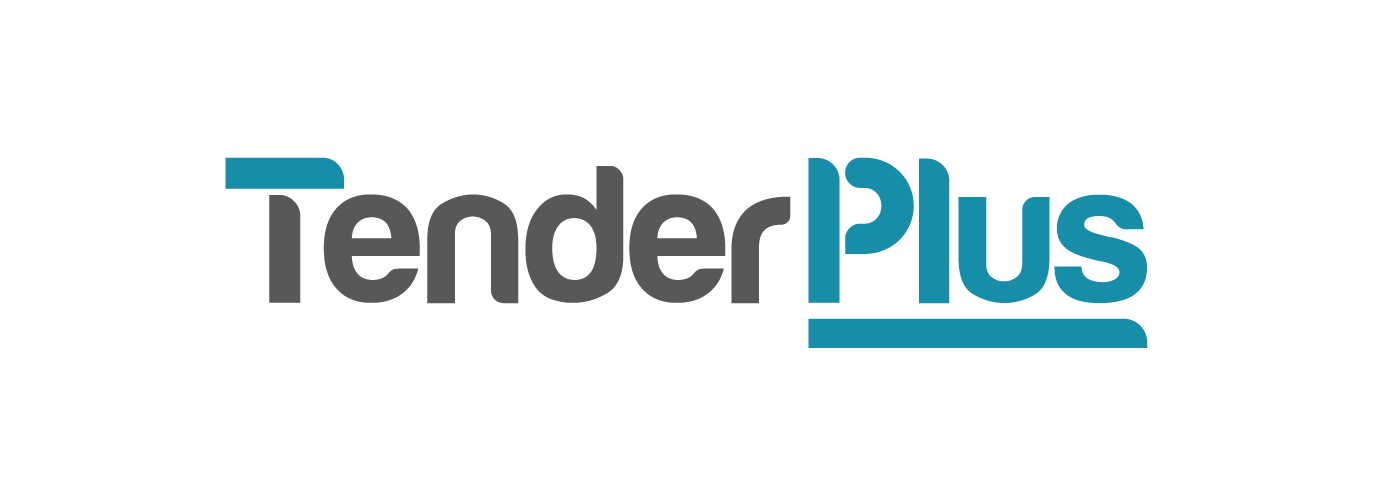Why you should know your bid winning process
Tania Field, Principal Tender Specialist (Sydney)
Tender Plus recently supported two organisations with a review of their tender process and proposal submissions, providing recommendations for improvement.
Organisation A – a small to medium enterprise with a good grasp of their strengths and weaknesses, was expecting to enter into a sustained period of medium to large scale bidding and needed to overhaul the process to improve the internal team dynamic with clear gate milestones, consistent processes and templates, approval hold points, and role clarity, in order to be match fit.
Organisation B - a medium sized enterprise with its sights set on market and product expansion, was reflecting on its future state needs and wisely questioning whether its process would in fact be able to support its desired step change and potential growth trajectory. This organisation wanted an external opinion to test some hypotheses.
Both organisations underwent a similar exercise through analysis of their process and documentation, with some nuances i.e., we reviewed a large number of proposals for one organisation to identify and best demonstrate the gaps between actual and best practice, and for the other, we stepped straight into the process mapping exercise to develop a best practice framework for feedback and tweaking by key senior stakeholders.
We openly commend any organisation on doing the hard work to invest in and understand their business winning processes, to better support teams to move more swiftly in the pursuit of new business and to do so with the support of common practices, clarity of the individual activities within the overarching process, and by establishing a process to constantly tweak and improve for greater efficiencies and ultimately, for the potential to increase winning outcomes.
If you are also thinking of taking on a similar exercise, here’s some things to keep in mind:
Technology plays a critical role in the solution but don’t lead with it
A common misconception of organisations and individuals is the lure of sexy new technologies as the panacea to a lot of our productivity problems. We might be dazzled by the sell and marketing statistics of a future promise and invest serious cash as trial and error to overcome some key challenges.
However, we need to be pragmatic and seek to understand our operating environment and in that, be prepared to analyse the pain points. What we might find in this process is that we can eradicate erroneous activities, useless or unnecessary process. Maybe some of the challenge is alleviated through initial robust discussion, and therefore a solution to that problem is no longer needed.
Once you have a good grapple on where the pain points are you can then brief your IT department or external parties appropriately to find a solution that better fits the organisation needs. Perhaps trialling some of these technologies is a good way to understand if it’s another one hit wonder or something that will prove useful for the long-term.
A strong understanding of your core process(es) is fundamental to success
I’ll use two organisations I have worked with and in to demonstrate this point. In both scenarios we were tasked with workshopping business development/origination processes end-to-end. Interestingly in both situations the teams were sceptical of the loss of IP and also the need for the exercise at all when most people knew what they were doing. If this sounds like you than my answer to the first point is to remind you/the team that you are paid a wage to produce the IP and therefore the organisation (your employer) owns the IP and it is common property. The answer to the second point is, keep the faith and go on the journey because it will pay in dividends as explained below.
What we ended up with in both situations is a fully mapped process (and processes within that process) that was end-to-end and all of the templates and guidance that would be required at each step to complete the task. It essentially supported the business in the following ways:
Repeatable process that could be adjusted to suit different circumstances
Best practice method that was regularly upgraded due to feedback and insights
Onboarding tool that drove a coherent and cohesive customer experience
More available time to be spent on strategy and managing the human dynamic.
Invest in the people that help to drive revenue
All investments in process or technology review and upgrades will require a business case to support the outlay of time and cost. This is one that should be easy to sell.
Think about the amount of on-market procurement processes that are run at a federal or state level. There are billions of dollars of business procured through these avenues each year which are available to the market. That in itself should tell you this is a serious profession with significant potential to facilitate outcomes that is meaningful.
Bid and proposal professionals are at the forefront of supporting an organisation’s opportunity to increase their revenue and market growth. If by virtue of mapping out this process you achieve a repeatable exercise that provides for greater productivity, than why not. If some of those tasks can be further improved with technology, than why not. Or, perhaps this process highlights an opportunity to take on more of the right type of opportunities for the business and thereby drives growth in unforeseen areas. Than why not.
There are many ways to sell the business case – even a straight forward investment in human capital for a profession that contributes greatly to a high percentage of revenue growth, should put an end to the push back. However, if you need help to nail the value proposition, we’ve got lots of ideas and Tender Plus can help. We specialise in everything tender related, from tender strategy to tender writing and everything in between. Don’t hesitate to get in touch – we’d love to hear from you!
